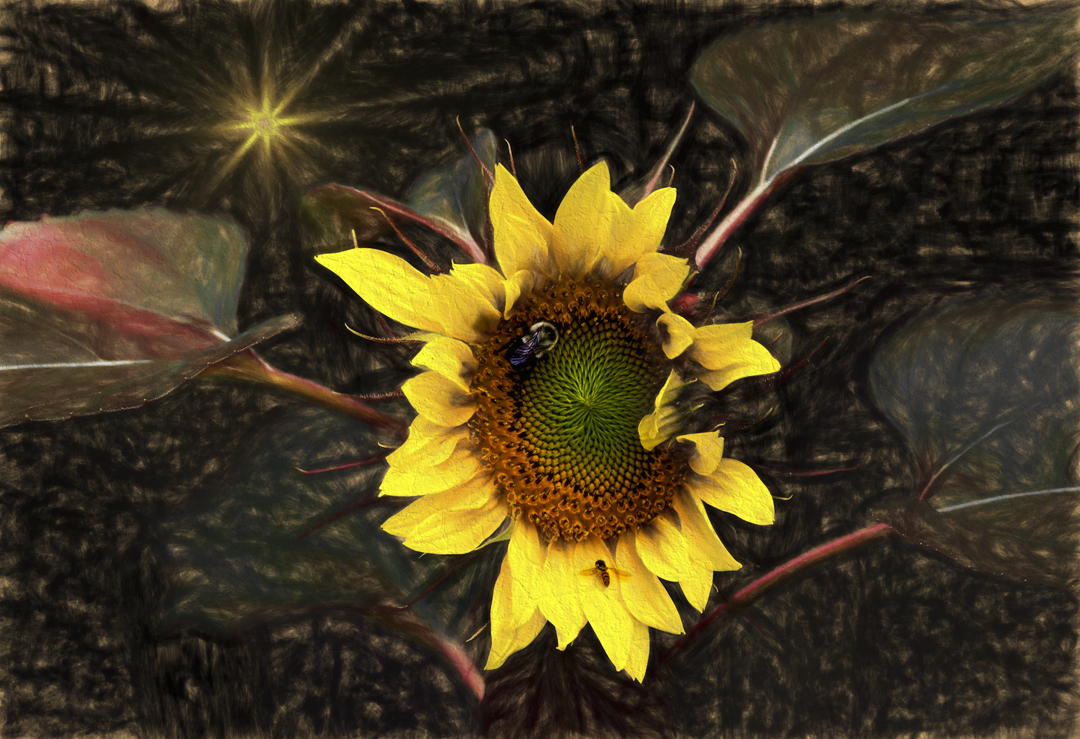“Our Sun is a second- or third-generation star. All of the rocky and metallic material we stand on, the iron in our blood, the calcium in our teeth, the carbon in our genes were produced billions of years ago in the interior of a red giant star. We are made of star-stuff.” (carl sagan)
“The morning glories and the sunflowers turn naturally toward the light, but we have to be taught, it seems.”
Science: Sunflower spirals obey laws of mathematics. Why Do Spirals Exist Everywhere in Nature?







